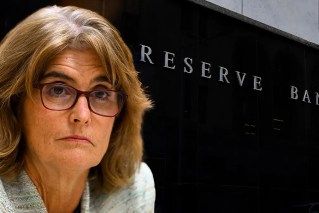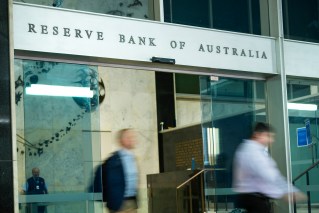Glass half empty or full? Most home loans still deferred as grace period winds up


With the number of home loan deferrals nearly halved since June, analysts are mixed on what it means for the housing market. Photo: TND
With the initial six-month mortgage holiday having run its course, Australia’s major lenders would have been banking on most customers resuming their repayments by now.
But the latest dataset shows most have yet to return to normal.
Data collected by the Australian Banking Association (ABA) found 270,000 home loans were still on hold as of October 11.
Although that’s well below the peak of nearly 500,000 in June – or one in 10 mortgages nationally – more than 54 per cent of affected clients have yet to resume repayments or transition to a new payment plan.
The data comes as banks continue contacting thousands of customers to discuss whether they can unfreeze their loans, or need to reduce payments or extend their deferral until March, as the first round of holidays comes to an end.
Tweet from @CommSec
ABA chief executive Anna Bligh said the swelling cohort of clients who had recommenced payments was a “good sign for the economy”.
“It shows that more Australians are getting back on their feet and resuming their loan repayments,” Ms Bligh said.
But she stressed that customers who evade phone calls with their bank, or have no intention of paying off their debts in the near future, have other forms of recourse.
These include restructuring their mortgage, extending the life of the loan to reduce monthly payments, or temporarily moving to interest-only payments until their income stabilises.
“Right now, it’s really important that people contact their bank to figure out the path ahead. The earlier you speak to your bank, the more options they have to help you find a way through,” Ms Bligh said.
Earlier this week, Commonwealth Bank reported a smaller drop in their deferral numbers than the broader banking sector.
Roughly three in four (94,000) deferrers kept their home loans frozen in September, compared to a peak of 125,000 in June, while 52,000 of the remaining deferrals are set to expire by the end of October.
With more than half of those customers alone in NSW and Victoria, Commonwealth Bank CEO Matt Comyn said the bank would target extensions towards the regions hardest hit by the pandemic.
But with the bank’s own data from August revealing 14 per cent of deferred home loans had at least one borrower who was receiving JobSeeker, an extension won’t be enough for some.
So what does this mean for house prices?

Forecasts from Commonwealth Bank
Biggest test in March
Suburbanite principal Anna Porter told The New Daily that, anecdotally, a significant portion of home owners who resumed their payments had used the deferral policy as a precautionary measure at the height of the pandemic.
Ms Porter said small business owners and workers alike paused payments to endure slight hits to their income, and restarted once they had recouped their revenue or hours worked.
Although she acknowledged that thousands of homes would enter a forced sale under the strain of insurmountable debt, Ms Porter said it may have a negligible impact on prices, because of pent-up demand and leniency from the banks.
“[The number of deferred loans] might sound like a staggering number but at the same time, I would like to think lenders and financiers won’t be bullish in repossessing properties and recouping funds,” she said.
“The property market hasn’t gone backwards yet, so there’ll be a lot of people that still have equity that they can draw on to sell their property and allow them to financially reset.”
Ms Porter warned of a “two-speed market” emerging, though. She said demand for sub-million-dollar homes was proving resilient while apartments and million-dollar-plus homes faced a shaky future.
Tweet from @Peter_F_Ryan
But CoreLogic’s head of research Eliza Owen is less bullish.
Ms Owen told The New Daily in September that the biggest test for the housing market was the definitive end of mortgage holidays in March 2021.
Although mortgages with loan-to-value ratios above 90 per cent only accounted for 8 per cent of deferred loans, meaning many deferrers had enough equity in their homes to avoid a forced sale, Ms Owen said the risks were unavoidable.
“Once that date is hit, we probably expect to see more listings come to market, because at the moment, the deferrals have allowed people the flexibility to hold up selling if they’re not ready,” Ms Owen said.
“March is the key date to watch if we haven’t seen an improvement in people’s ability to repay their mortgages.”








